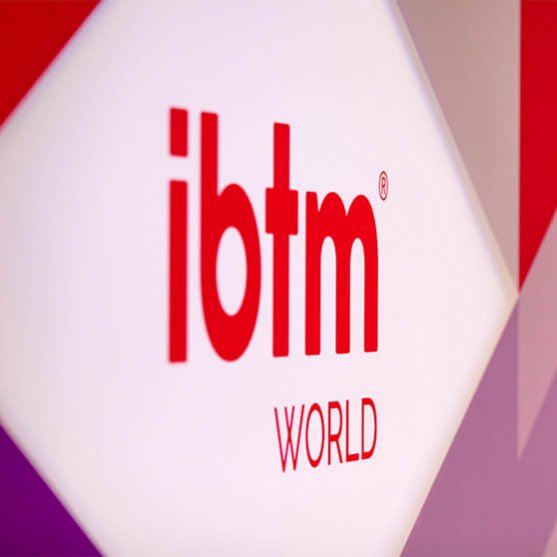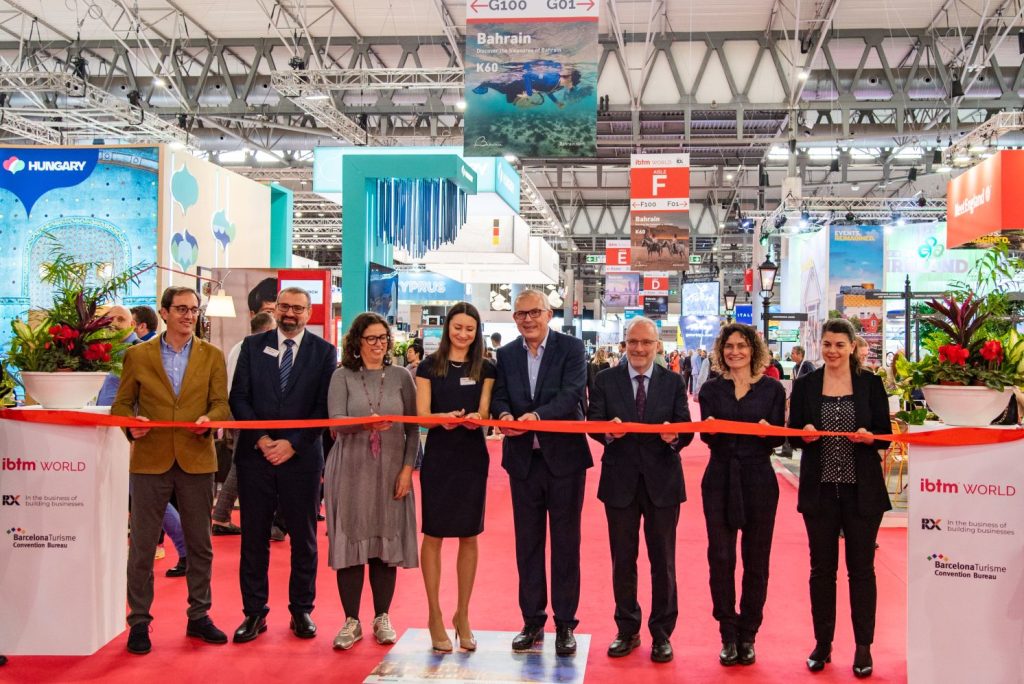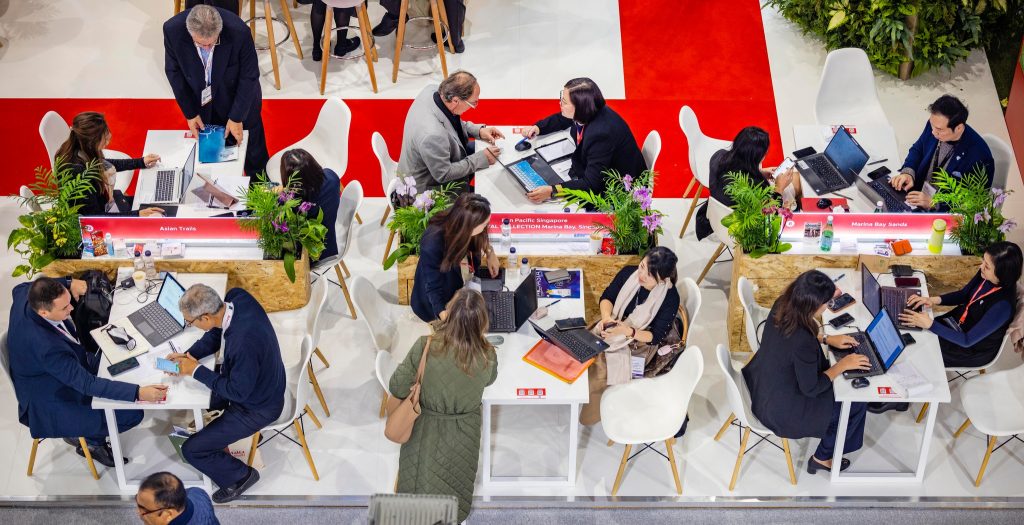Control large crowds

Share news
Listen
Crowd control is more than just putting up a few barricades and some staff. You will need to keep the crowd moving and happy when they arrive… Get the right staff Your staff are the first contact guests will have with your event. Better get the right ones! Select the type of people to suit your event: for a modern event, you will need trendy young people. If there is a risk of crowd movements, get “solid” ones, ready to do a bit of crowd control (the task can be overwhelming especially when with a large crowd, the situation can be rowdy). Dress them according to the theme and mood of the event (classy, relaxed or original, classical or modern, etc.). Brief your staff As always, briefing is the key to get a good result: explain what the event is about, with some elements about the program. Explain to them what to expect and the frequent questions and answers. The first “welcoming” contact at the event is key. Getting someone upset right from the start dampens the mood for the rest of the event, and being professional from the entrance makes a very good first impression. The staff should be dressed professionally and address guests in a way that encourages co-operation. Dimensioning the teams How many staff you will need depends on how concentrated the arrival of guests is, the number of entrances and how complex the check-in process (if data has to be captured or payment has to be made, the process will be much longer…). The number of staff required often depends more on the number of entrances than of guests (although the number of entrances will depend on the number of guests…). You’ll need at least two to three people checking lists at each entrance. The staff will not only be required to welcome the crowd but also to give directions on where to go in the event. Involve the police, for large events For a large public event or when famous personalities are involved, the police department should be informed and involved. They can provide extra barricades and take on a big role in controlling the crowd and securing the safety of the crowd. They will also give you useful advice about the types of risks that may occur: thefts, violence,… Ensure a smooth entry to the event Moving the guests quickly from the front door to the event venue makes a good start to the event. You want to be able to let in legitimate guests in as quickly as possible. To limit risks, remind guests what they will need to bring to quicken this entry process (the invitation card, special identification papers, etc.). A bright coloured, easy recognisable invitation card or credential can help to divert the guests into an express queue. You can also put up a signage reminding the guests in queue what are the documents that they will need to show to get into the event. You may even have to set up a larger check-in area with adequate staff and organise different queues in alphabetical order to speed up the check-in process: VIPs, Press, special guestsÂ… make sure these queues are easily identified and that guests go to the right queue. Make a separate area in the back for staff to work and to answer any enquiries or for guests that require special attention which can hold up the line. For VIPs, have some staff to locate them and escort them in. Facilitate the traffic flow Create a clear entrance path with clear signage and put a few personnel as usher to lead guests in and also allow an exit route for those who are not on the list where they can step out easily. Another important point is to manage conflicts. If a guest creates a problem, you have to deal with it… but you do not want this situation to pollute other guests and to create long waits… The solution? Create a separate area off to the side for guest disputes so they don’t delay the line. Managing conflicts and doubts also requires you to think of who is in charge! Each staff at the entrance will have the authorisation to manage situations A, B and C. For more serious problems, a supervisor has to be always around. To move people from one area to another, there are a few ways to get their attention such as stopping the music to make an announcement, turn on the lights in the area where you want people to move to and dim the lights in the area where you want people to move out. Communicate the program complete with its time schedule so that when an announcement is made, people know what is happening next; dinner will be served, cocktail will begin, etc. Provide detailed maps where the people can see on site or have your staff hand out the program upon arrival. Careful… people do not always listen or pay attention You expect people to look for the signage, or listen to the PA system?… well, they wont! People who arrive at an event want everything to be obvious. If they have to go a special queue, make it VERY OBVIOUS. If you say have to make an announcement on the PA system, repeat it 3 times… and loud! Sometimes what seems obvious to you may not be to others. Make sure you get some inputs from others in your company to test the queues management and the signages. Always smile… and animate No matter you have planned the event, people may have to wait in lines. The least you can do to help with the situation is to keep people in good mood while waiting. If the budget allows, you can even provide some light entertainment like some live music or a simple show (mime, juggling, etc.) or some finger food or cocktail to make the waiting feel shorter. Keep people informed about whatÂ’s happening or why there is a delay. They will then be more understanding and be more gracious towards any flaws. Most importantly, get your staff to always put on a smile, nothing beats a nice, warm and friendly smile!











